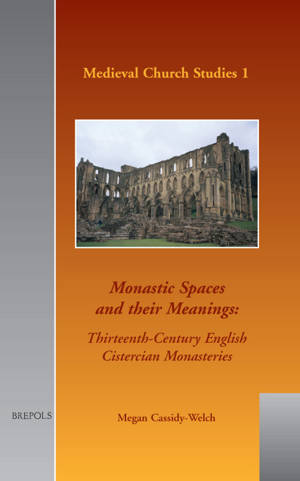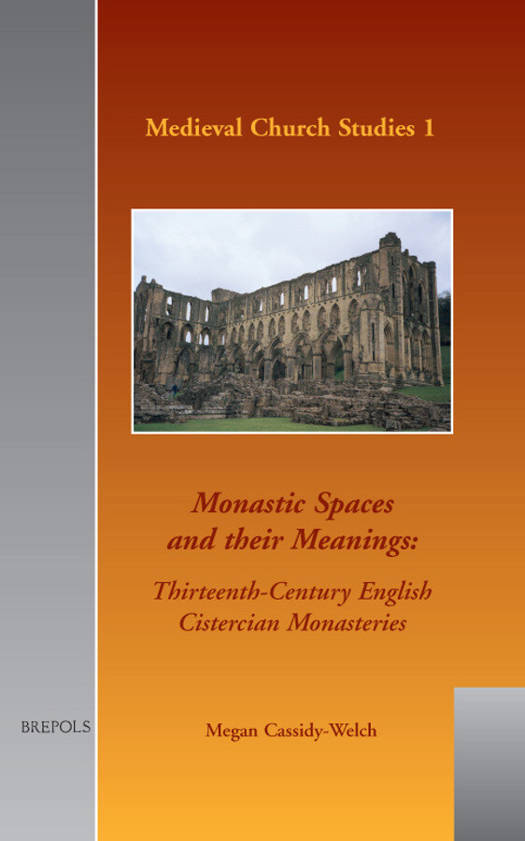
Bedankt voor het vertrouwen het afgelopen jaar! Om jou te bedanken bieden we GRATIS verzending (in België) aan op alles gedurende de hele maand januari.
- Afhalen na 1 uur in een winkel met voorraad
- In januari gratis thuislevering in België
- Ruim aanbod met 7 miljoen producten
Bedankt voor het vertrouwen het afgelopen jaar! Om jou te bedanken bieden we GRATIS verzending (in België) aan op alles gedurende de hele maand januari.
- Afhalen na 1 uur in een winkel met voorraad
- In januari gratis thuislevering in België
- Ruim aanbod met 7 miljoen producten
Zoeken
MCS 01 Monastic Spaces and Their Meanings, Cassidy-Welch
Thirteenth-Century English Cistercian Monasteries
Megan Cassidy-Welch
€ 74,20
+ 148 punten
Omschrijving
Medieval Cistercians distinguished between material and imagined space, while the landscapes in which they lived were perceived as both physical sites and abstract topographies. Ostensibly, Cistercians lived in intensely regulated and confined physical circumstances in accordance with ideals of enclosure articulated in the Regula S. Benedicti. However, Cistercian representations of space also express ideas of transcendence and freedom. This monograph focuses on the abbeys of northern England during the period 1132-1400 (Fountains, Rievaulx, Jervaulx, Meaux, Sawley, Roche, Byland and Kirkstall) to facilitate a microhistory of cultural, textual, personnel and architectural comparisons. Post-twelfth century Cistercian history has been understudied, in comparison with research into the euphoria of the order's foundation, and has tended to focus on 'ideals' versus 'reality', whereas this study considers Cistercian houses in terms of contingency, singularity and specificity. The author engages with the work of theorists such as Michel Foucault, Pierre Bourdieu and Henri Lefebvre, all of whom have explored the cultural production of space and the meanings attributed to certain spaces by abstract reference, performative practice and institutional direction. The study is richly illustrated with 45 images of the landscape and space of these houses and enables the reader to see how one monastic order positioned itself in relation to geography, architecture, institution, community and cosmos, and dealt with the dialectic between regulation and imagination, freedom and enclosure. Patrick Geary (UCLA) commends this study as being 'based on a wide reading of Cistercian texts and blends solid text-critical historical scholarship with more conceptual approaches in a most convincing way'.
Specificaties
Betrokkenen
- Auteur(s):
- Uitgeverij:
Inhoud
- Aantal bladzijden:
- 312
- Taal:
- Engels
- Reeks:
- Reeksnummer:
- nr. 1
Eigenschappen
- Productcode (EAN):
- 9782503510897
- Verschijningsdatum:
- 15/11/2001
- Uitvoering:
- Hardcover
- Formaat:
- Genaaid
- Afmetingen:
- 166 mm x 250 mm
- Gewicht:
- 680 g

Alleen bij Standaard Boekhandel
+ 148 punten op je klantenkaart van Standaard Boekhandel
Beoordelingen
We publiceren alleen reviews die voldoen aan de voorwaarden voor reviews. Bekijk onze voorwaarden voor reviews.









